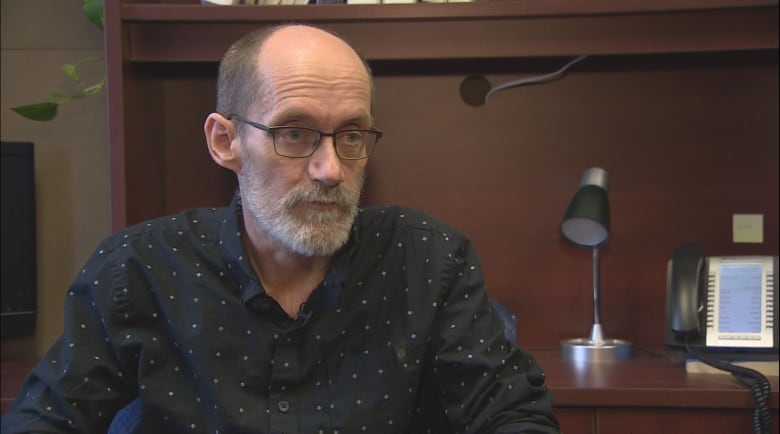This photo shows bottles of Tuberculosis medication. TB rates in Nunavut remain high despite millions of federal dollars spent on community screening clinics. (Nunavut Department of Health)
Tuberculosis rates in Nunavut remain high despite the federal government spending millions of dollars on screening clinics in three Nunavut communities.
“Right now the numbers are the same as they were last year,” said Nunavut’s Chief Medical Officer of Health Dr. Michael Patterson.
Following an outbreak of the infectious disease in the hamlet of Qikiqtarjuaq in late 2017 and early 2018, Nunavut’s previous chief medical officer of health said TB in the territory had reached epidemic levels. Over the following year, the Nunavut health department, with funding from the federal government, took the unprecedented step of setting up mobile clinics in Qikiqtarjuaq, Whale Cove and Cape Dorset at which they tested 90 per cent of the residents in each community.
Although there has been little change in the rate of TB in Nunavut since, Patterson said the health department is making progress.
“It’s going to take a few years to notice notice the difference that’s made by increased investments and recruiting training staff and by the TB screening clinics,” he said.
“It’s a long-term kind of thing where the money that’s spent now isn’t going to make an instant difference in terms of the actual numbers and the pattern of it. We may see it in hindsight when we look back at the numbers over five or 10 years.”
Michael Patterson, Nunavut’s chief medical officer of health, says it could take a few years to notice the difference made by screening clinics. (Alex Brockman/CBC )
TB is spread between people through the air. The disease is curable and preventable, yet it remains one of the top 10 causes of death globally, according to the World Health Organization.
According to the Nunavut government, since 2009, 12 people who were sick with active TB in Nunavut died.
Screening clinics cost millions
Patterson estimates the intervention in Qikiqtarjuaq cost $1.5 million with the screening clinics in Whale Cove and Cape Dorset costing another $4 million. He said the potential cost of screening larger communities like Arviat could be as much as $5 or $6 million. That’s money the Health Department does not currently have. Nunavut spends roughly $10 million every year on TB treatment.
“Each of the three clinics has been funded separately by the federal government and NTI [Nunavut Tunngavik Incorporated] directing money towards that specific community,” said Patterson.
“But if community-wide screening is going to be part of an ongoing plan then we need designated, sustainable and predictable funding.”
Patterson said that funding will need to come from the federal government, but the health department isn’t asking for money just yet. Patterson said his team is analyzing the effectiveness of their past screening efforts, including their long-term effects.
A man participates in the community-wide screening for tuberculosis in Qikiqtarjuaq, Nunavut in 2018. (Travis Burke/CBC)
“The screenings are very labour-intensive. It’s had a significant drain on our … administrative capacity but also it has a tremendous impact on the health centre that lasts long after the screening clinic is closed.” said Patterson.
He pointed to Qikiqtarjuaq, where he said they are still treating patients with TB identified last year. The health department said that for privacy reasons, it would not say how many people were started on treatment as a result of the community screenings.
An analysis of the screening clinics and a plan for what to do next is expected to take until the end of the year to complete. With the lessons they learn, Patterson said he is confident the territory can control TB.
‘We can achieve medical control of TB’
“We can achieve medical control of TB, it has been done in the past,” he said. “The numbers were down to 30 per 100,000 in the mid 80s and we — for lack of a better word — basically we stopped making special efforts to treat tuberculosis and within a decade the numbers started to come back.”
Last year, the federal government committed to eliminating TB in Inuit by 2030. Still, said Patterson, much more must be done beyond medical treatment to combat the disease, such as addressing poverty, inadequate housing, food insecurity and the relative scarcity of healthcare services in Nunavut.
“We’re going to have to decide if we’re going to be able to make the interventions necessary to eliminate the housing shortfall to fix the food insecurity, because that’s a much bigger problem,” said Patterson.

